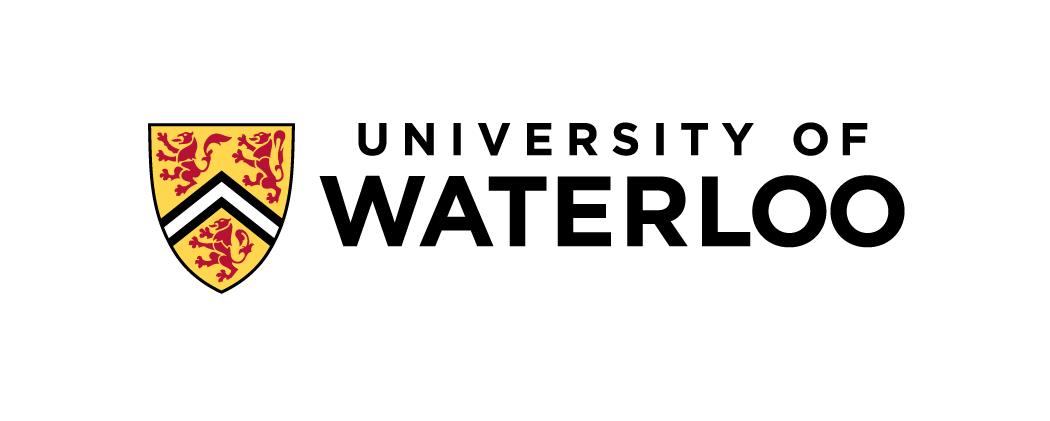CS 479/679
Neural Networks
 Welcome
WelcomeLecture Videos
Overview
This web page is a summary of the course. For the official details, please refer to its listing in the Undergraduate Calendar.
This course surveys how networks of neurons can perform computation. We will cover a variety of methods for designing and training neural networks. We will study some state-of-the-art methods for artificial neural networks, as well as some approaches that are guided by the biological constraints of the brain. We will look at both supervised and unsupervised learning, and methods to improve their performance.
Instructor
Jeff Orchard, and Mohamed Hibat-Allah
Prerequisites
- one of (CS 370, CS 371/AMATH 242)
- one of (STAT 206 with a grade of at least 60%, STAT 230, STAT 240)
Goals
By the end of the course, students will be able to:
- Write a program to simulation the activity of a network of neurons
- Formulate a neural learning method as gradient-based optimization
- Derive a neural learning method based on energy minimization
- Encode and decode data from the activity of a population of neurons
- Evaluate implementations, designs, and optimization strategies
- Identify some commonalities between artificial neural networks and the brain
Textbooks
- Theoretical Neuroscience, Dayan and Abbott, 2001 (UW library link)
- Neural Networks and Deep Learning, Nielsen, 2017 (link)
- Deep Learning, Goodfellow, Bengio and Courville, 2016 (link)
- Neural Engineering, Eliasmith and Anderson, 2003: MIT Press.
Evaluation (tentative)
The course will have several assignments, a midterm, and final Assessment. Assignments will involve programming in Python.
For CS 479, the grade breakdown is:
- 30% Assignments
- 20% Midterm Exam
- 50% Final Exam
For CS 679, the grade breakdown is:
- 50% Assignments
- 20% Midterm Exam
- 30% Final Project
Topics
Neuron Models
- Neuron models, spiking vs. firing-rate
- Activation functions
- Synapses
- Networks of neurons
Supervised Learning
- Train, validation, testing
- Universal approximation theorem
- Cost functions
- Gradient descent
- Error backpropagation
- Automatic differentiation
- Overfitting and generalizability (regularization)
- Optimization considerations (vanishing gradients, SGD)
Vision
- Your Visual System
- Convolutiononal neural networks
Recurrent Neural Networks
- Hopfield Networks
- Backprop through time (BPTT)
- minGRU
Unsupervised Learning
- Autoencoders
- Vector embeddings
Advanced Autoencoders
- Restricted Boltzmann Machines (RBMs)
- Residual connections, Diffusion networks
- Variational autoencoders (VAEs)
Adversarial Attacks
- Targeted vs untargeted
- FGSM
- Defences: TRADES
Neural Engineering
- Optimal linear decoding
- Transformations, dynamics
Advanced Topics (time permitting)
- Biological backprop models
- GANs